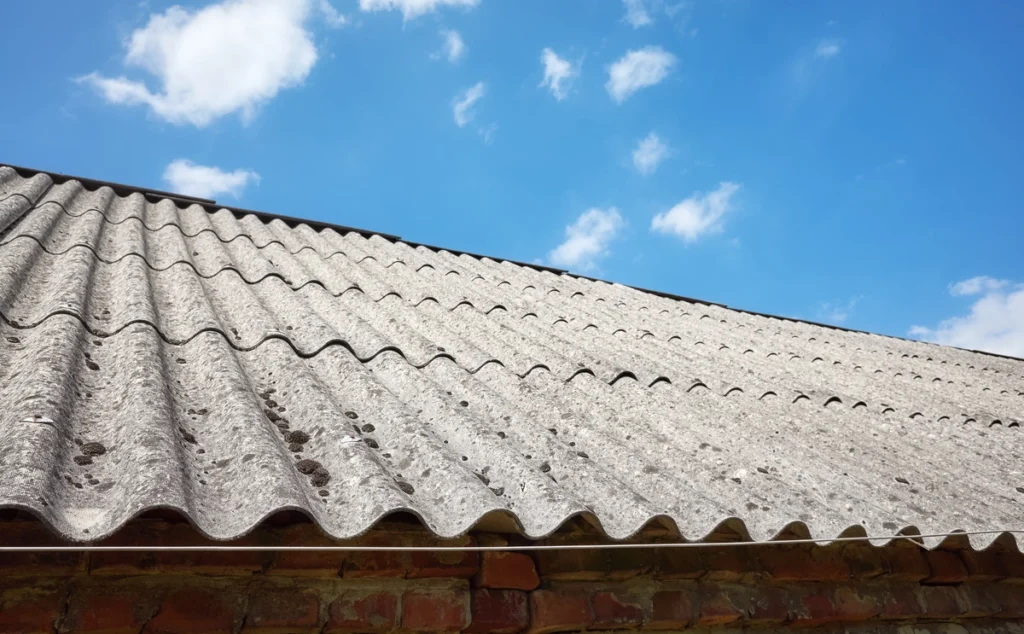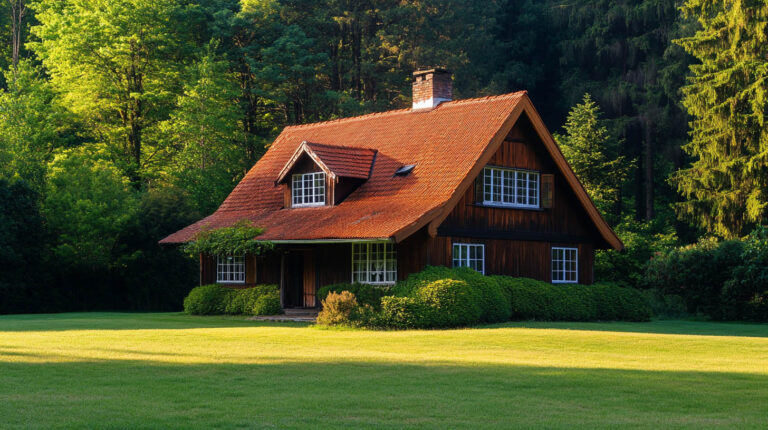
Blog
Roof Depreciation: Guide to Insurance and Warning Signs
Your roof is your home’s first line of defense against the elements. That means that year after year, it takes a significant beating. Naturally, it doesn’t last forever.
Roof depreciation is an inevitable process that occurs over time, impacting not only the integrity of your roof but also your home insurance policy. But what does that mean for your everyday life, insurance claims, and bank account?
In this blog post, we will delve into:
- What roof depreciation is
- How it affects your insurance policy
- When it’s time to consider replacing your roof
What Is Roof Depreciation?

Roof depreciation is the gradual decrease in the value and quality of your roof due to various factors, such as age, weather, and wear and tear. This process is inevitable and occurs in all types of roofs, regardless of the materials used. Understanding the factors that contribute to roof depreciation is crucial for homeowners to maintain their property’s safety, comfort, and value.
Factors Contributing to Roof Depreciation
Knowing what can cause roof damage and depreciation can help you to keep your roof lasting longer. Here are just a few things that can cause roof depreciation:
- Age: The age of your roof plays a significant role in its depreciation. Most roofs have a lifespan of 20 to 30 years, depending on the materials used and the climate in which you live. As your roof ages, it becomes more susceptible to damage from weather and wear.
- Weather: Exposure to harsh weather conditions, such as heavy rainfall, snow, hail, and extreme temperatures, can accelerate roof depreciation. Over time, these elements can cause shingles to crack, curl, or lose their granules, making your roof less effective at protecting your home.
- Maintenance: Regular maintenance, or the lack thereof, can greatly influence roof depreciation. Neglecting minor repairs can lead to more significant issues, causing your roof to deteriorate faster. Conversely, proper maintenance can extend the life of your roof.
- Sun Exposure: Prolonged exposure to the sun’s UV rays can cause roofing materials to break down, leading to fading, cracking, and overall deterioration.
- Poor Ventilation: Inadequate ventilation in your attic can result in excess heat and moisture buildup, which can damage the roof structure and accelerate depreciation.
3 Ways Roof Depreciation Affects Your Insurance Policy
Your home insurance policy is designed to protect you against unexpected damages, including those to your roof. However, the extent of coverage and the cost of your insurance premiums can be affected by the condition of your roof. Here’s how roof depreciation can impact your insurance policy:
1) Limited Coverage
Insurance policies often have limitations when it comes to covering roofs that are past a certain age. If your roof is older and experiences damage, you may receive less compensation or even be denied coverage.
2) Increased Premiums
If your roof is deemed to be in poor condition, your insurance provider may raise your premiums to reflect the increased risk. This can lead to higher monthly expenses for homeowners.
3) Deductibles
Some insurance policies have higher deductibles for roof-related claims, which means you’ll have to pay more out of pocket before your coverage kicks in. This can be especially burdensome if your roof is in poor shape.
When to Consider Roof Replacement

Knowing when it’s time to replace your roof is crucial for both the safety of your home and your insurance policy. Here are some signs that indicate it may be time for a roof replacement:
- Age: If your roof is approaching or has exceeded its expected lifespan, it’s a good idea to start considering a replacement. Even if it looks fine, the materials may have deteriorated significantly.
- Visible Damage: Inspect your roof regularly for signs of damage, such as missing or damaged shingles, leaks, or sagging areas. These issues can indicate that your roof is no longer providing adequate protection.
- Granule Loss: Check your gutters and downspouts for excessive granule buildup, as this can be a sign of shingle deterioration. Granule loss can significantly reduce the effectiveness of your roof.
- Interior Damage: If you notice water stains on your ceiling or walls, it’s a strong indication that your roof is leaking. Ignoring these signs can lead to more extensive and costly repairs.
- Increased Energy Bills: A deteriorating roof can result in poor insulation, causing your HVAC system to work harder to maintain a comfortable temperature. If you notice a significant increase in your energy bills, it might be due to a failing roof.
We Protect Your Home
Roof depreciation is a natural process that all homeowners should be aware of. But that doesn’t mean that you need to throw in the towel! Whether you are dealing with recoverable depreciation or are looking at roof damage that requires a full replacement, Avenue Roofing can help.
We work with your insurance company to ensure that as your roof depreciates, you still have the safety and security that you deserve. Have questions? Contact us today to learn about how recoverable depreciation works and how we can help revitalize your entire roof!



